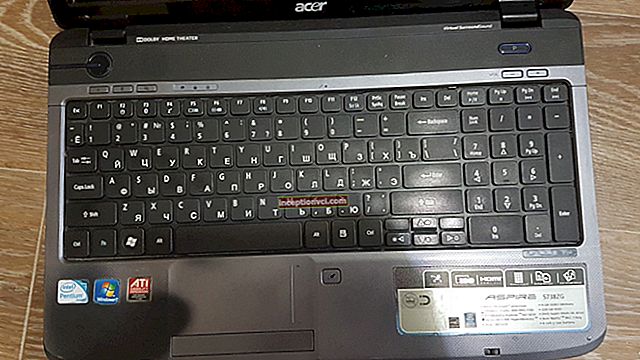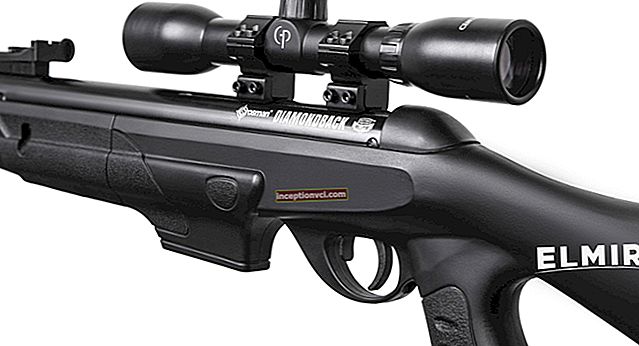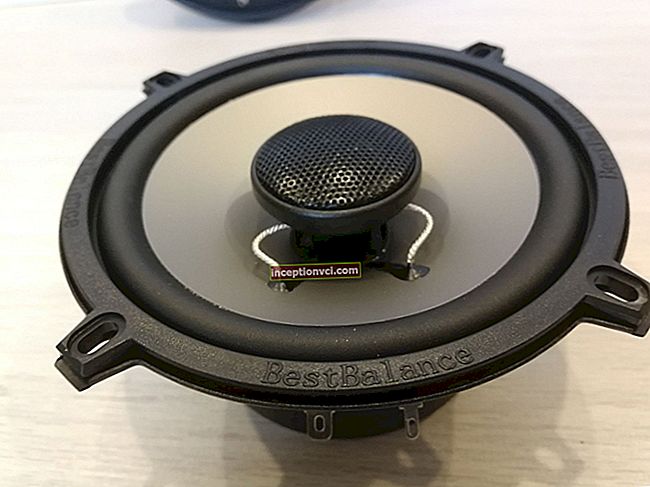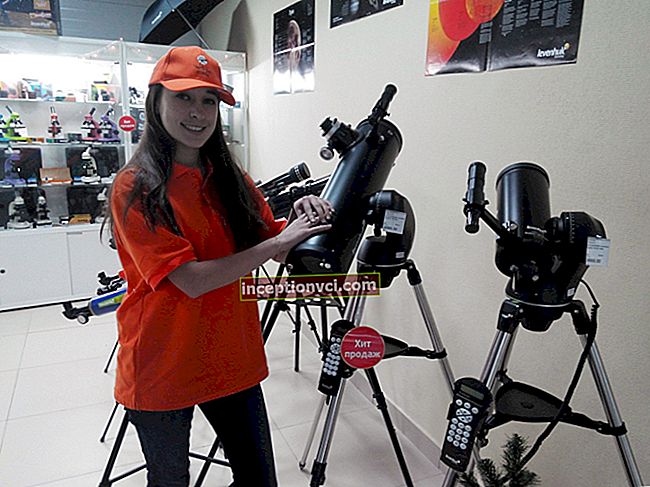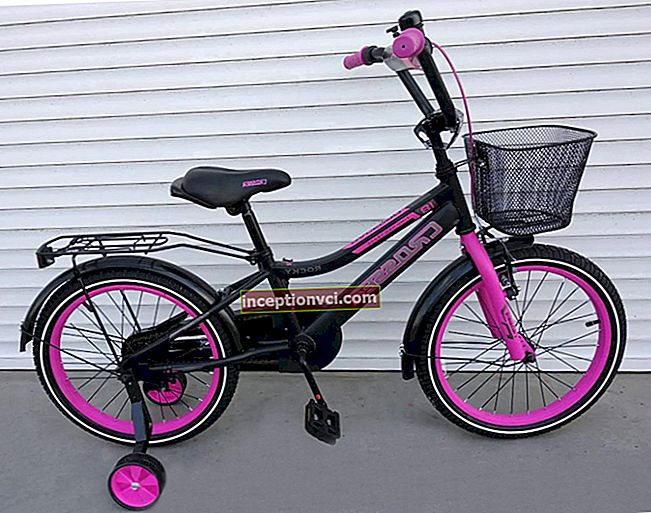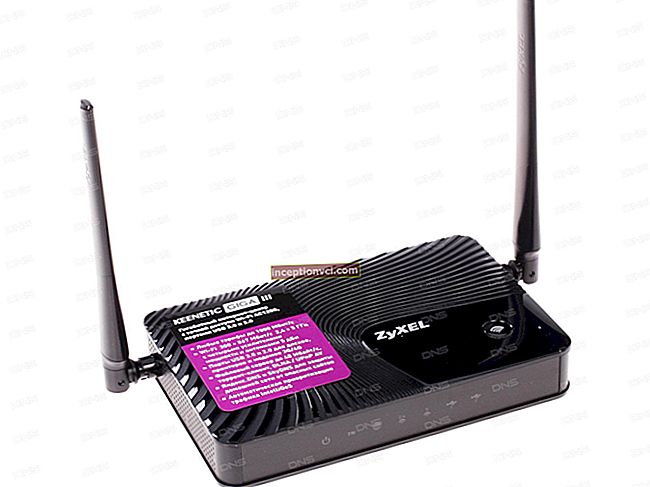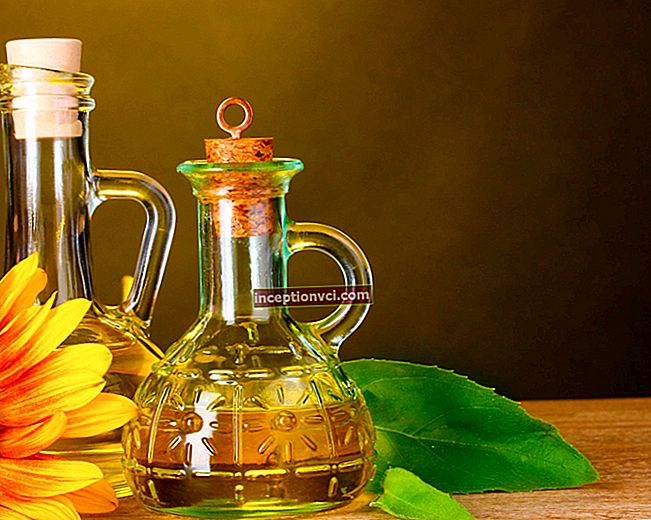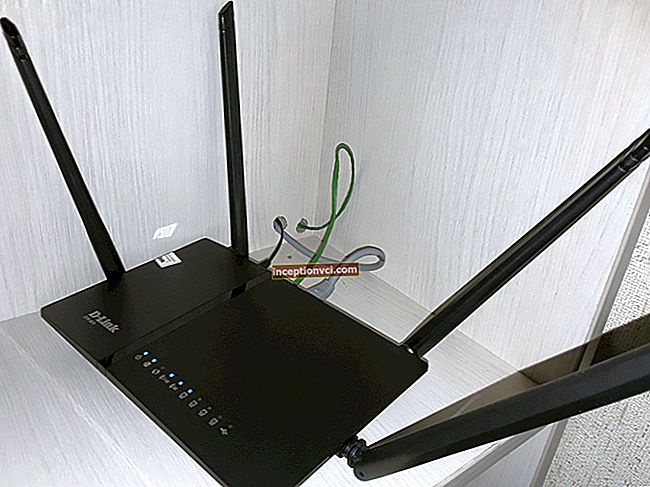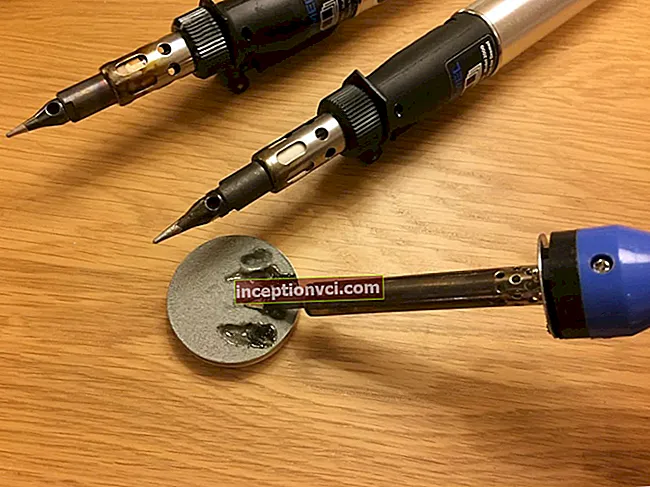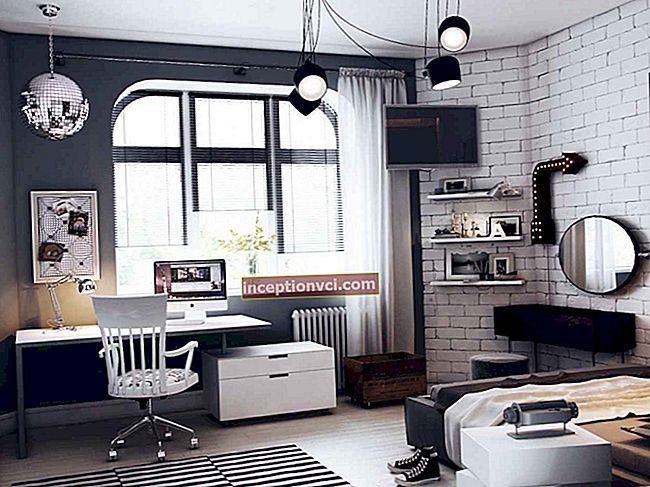1
The main indicator of flash is the guide number. It indicates at what distance in meters the pulse, switched on at maximum power, will "break through" at a given sensitivity and aperture. If these values are not indicated in the indicator, it means the sensitivity of ISO 100 and the aperture of 1.0.
An overestimated number for a compact device (for example, 50) means that this is the power at the maximum extended reflector - when the reflection gives a narrow beam of light. In real conditions, this number will be less.
2
Most external flashes are equipped with automatic controls.

- Photo automatics "communicate" with the camera's TTL system. To do this, it must be "sharpened" for the system.
- And also have your own "eye" and "brain". In this case, the aperture and sensitivity are preset on the camera. The flash automatics independently estimates the power based on these parameters.
3
A flash meter is used for absolute accuracy. It measures the power of the pulse by the device, or by the illuminated object. Then it shows the possible options for shutter speed and aperture.
The advantage of the flash meter is that it is able to measure the light received by the pulses of several flashes, regardless of whether they are taken simultaneously or at intervals.
4
If the flash is mounted on the camera, then it makes sense to aim directly at the subject only in one case: when there is not enough power.
- Better to aim at the ceiling. Of course, white and not very tall.
- Or project at an upward angle and reinforce a white diffusing surface above the flash. For example, a piece of paper with an elastic band.

5
To fire one or more flashes from one presenter or from each other, light and radio synchronizers (traps) are used. The latter are more expensive, but more reliable. They are especially convenient if several photographers are working: then the devices do not work from their impulses. Flashlights are cheap and compact, but flimsy.
6
It is risky to install an old flash on the camera, you can burn the electronics. But there is still a safe way:
- A light-synchronizer is installed on the flash, through which it is "set on fire" from the built-in one. Set the latter to the minimum power: so that the main flash fires, and does not illuminate the subject.
- The built-in automation must be disabled. Otherwise, the synchronizer will fire during the preflash taken for metering before the shutter is open.

This method has one advantage: the external flash is not connected in any way with the camera, it can be shone from anywhere.
7
When using external flashes, the camera does not detect their color temperature. Choose white balance from presets without relying on automatic controls.
- When there is no flash mode, use the cloudy preset.
- If the camera allows you to set the white balance in Kelvin, it is better to do so. But first, find out the exact color temperature of the device. It is indicated in the specification.
8
A lit readiness indicator on budget equipment does not mean at all that it is charged at full capacity. When you need the most powerful impulse, it is better to wait a while after the indicator lights up. Especially if the batteries are low.
9
With the help of a properly positioned external flash, you can create the illusion of a ray of sun in cloudy weather. It is necessary to shine not from the side of the camera, but from the side and slightly from above, and from a close distance, so that the light flux is not too scattered.
10
When setting back flashes aimed at the camera, keep them out of the frame. Or covered by an object. Otherwise, the emergence of "stars" is inevitable.However, the latter can also be used specifically as an artistic device.
11
Of course, shooting general plans of a night city is an absolutely useless thing: there will not be enough power. But an accidental flash of a would-be photographer standing nearby can hopelessly ruin the frame. Therefore, when shooting from a tripod with a long exposure, ask those standing nearby to refrain from clicking "soap dishes" for a few seconds.
12
There is a table on the back of the flash. Thanks to it, based on the guide number, the distance is calculated at a given aperture and sensitivity. The table is compiled with the expectation of a certain amount of external light and the fact that the walls and ceiling are light-colored. If you are shooting at night in a forest, in a hall or in a cave, make an amendment to the readings of the table by at least 1 stop.
13
The shadow from the lens in macro photography can hopelessly ruin the frame. Therefore, there are special macro flashes, the lamp of which is a ring around the lens. Such devices evenly illuminate closely spaced objects. In this case, the light turns out to be very soft, diffused.

If you need harder lighting or there is no money for a macro flash, you can also use a sync cable to use a sync cable.
14
You can get very soft lighting with a flash. Unfold it back and secure behind it a sheet of white paper or cloth stretched over the frame.
15
If you shoot through glass (for example, in a museum), glare is inevitable. The most obvious solution is to lean the reflector against the glass, then there will be no glare. If this is not possible, then you need to shine not on the showcase, but on any surface nearby. For example, on the wall.
16
Many devices have a strobe mode, when several tens or even hundreds of pulses are made in a short interval. Using this mode captures impressive motion shots that reflect the trajectory of the subject. The effect is also given by the combination of a flash with a long exposure, when the trajectory is drawn with constant light, and at the end (or at the beginning) of the movement, the object is “frozen” by the reflection.
17
When using multiple flash units on synchromesh, some may not fire. Because the light does not hit the photocell. In this case, it is better to use "intermediate" low-power flashes. Arrange so that “non-working” traps are shining directly into the photocells.
18
One use of flash is for backlit photography. Imagine that you are photographing a person standing in front of a window. The difference in the illumination of objects outside the window and the human figure will be too great, without additional illumination, you will only get a silhouette.
Another example - a person is in the shade (for example, a building or a tree), and outside is a bright sunny day. In this case, highlight your face.
19
Lighting effects are achieved by putting colored filters on the reflector. Individual parts of the scene being shot are colored in this way. If there are no filters, replace with transparent colored film. The main thing is not to overdo it!
20
To understand how the light will hit the subject, it is useful to use the modeling light mode. If it is not in the flash, illuminate it with a powerful flashlight from the side from which you plan to give an impulse.
21
When there is a high proportion of light with a different color temperature (for example, shooting in a well-lit room), it is not easy to find the right white balance. The simplest solution is to shoot in RAW format and correct the colors later, when converting on a computer.
Note: "How to properly clean the camera lens?"
Watch video comparison: TTL or manual flash
